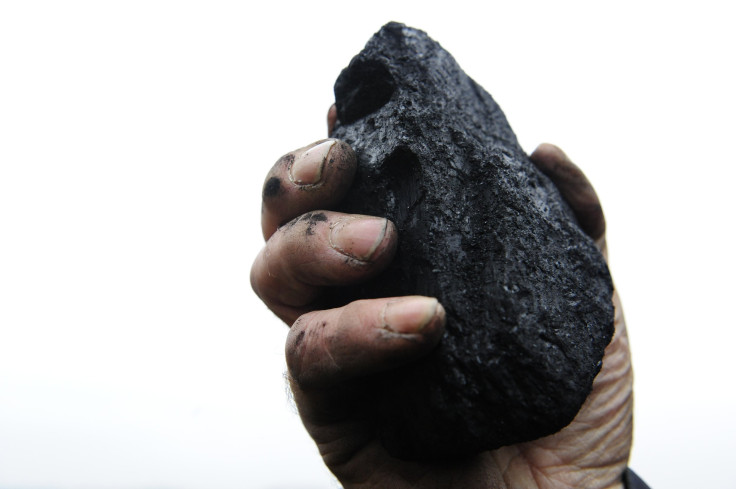India Set To Surpass China As World's Largest Coal Importer For Use In Power Plants

India is set to overtake China as the world’s largest importer of coal used in power plants, as the country battles chronic power shortages that are crippling its growth while domestic sources of natural gas are being depleted at an alarming rate.
According to an Energy Aspects Ltd report quoted by Bloomberg News, India could become the world's largest importer of coal for power stations by 2014, even as demand for imports from China slows as the world's second-largest economy increases its reliance on domestic supplies and attempts to move toward greener alternatives.
“India is increasingly becoming an important swing factor in the coal markets and exporters will look there for price support as Chinese imports slow,” Michael Parker, a Hong Kong-based analyst at Sanford C. Bernstein & Co., told Bloomberg News. “Chinese imports will start to fall as they use more of their own coal.”
India, currently the world’s third-largest consumer of coal, behind China, imported 43 percent more coal than it did a year ago, as demand from power stations and steelmakers increased, Bloomberg reported, citing shipping data.
India’s total coal consumption stood at 298.3 million tons in 2012 and it recorded an annual growth of 9.9 percent in 2012 -- the sharpest growth seen since 1981. In China, coal consumption was 1873.3 million tons in 2012 and grew at an annual rate of 6.1 percent -- its slowest pace since 2008, according to a BP Plc (NYSE:BP) report.
About 60 percent of the power generation in India comes from coal-fired power plants and the country’s reliance on coal is set to increase as it is burning out its natural gas supplies at the quickest rate among Asian countries, putting it on track to become a major player in the $69 billion global coal market.
In the year ended March 2013, India imported 20 percent of its total coal requirements, a number that is expected to grow to 23 percent by 2017, according to Bloomberg. The demand for power station fuel is estimated to rise 43 percent to 730 million tons by 2017, while the supply from domestic sources are expected rise 38 percent in the same period.
India’s natural gas production has been dropping since November 2010, as its state-run oil companies are struggling to cope with falling production at decades-old gas fields. Even privately-owned Reliance Industries Ltd. (NSE:RELIANCE), led by billionaire industrialist Mukesh Ambani, has not made much headway in reviving output from its gas fields.
“In India, gas is not expected to be a major challenger to coal for power generation any time soon,” Ashish Sethia, Bloomberg New Energy Finance’s India country manager, told Bloomberg News. “Falling gas production in India makes availability uncertain and mutes the gas play in favor of coal.”
The government estimates the share of gas-based power capacity to fall to 6 percent in 2017 and 3 percent in 2030 from 9 percent last year, according to Sethia.
In China, which remains the biggest user of coal, the government is struggling with high pollution levels brought on by an excessive use of thermal power plants, and has been taking drastic measures to reduce its reliance on coal and shift to cleaner sources like natural gas for its energy needs.
© Copyright IBTimes 2024. All rights reserved.





















